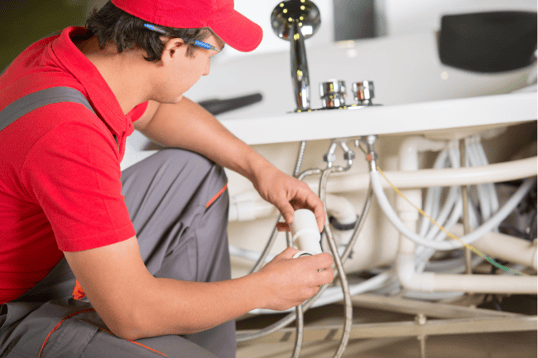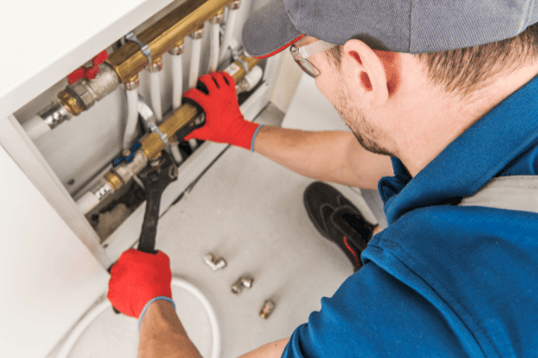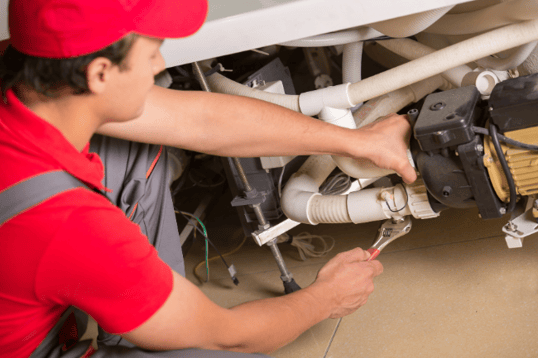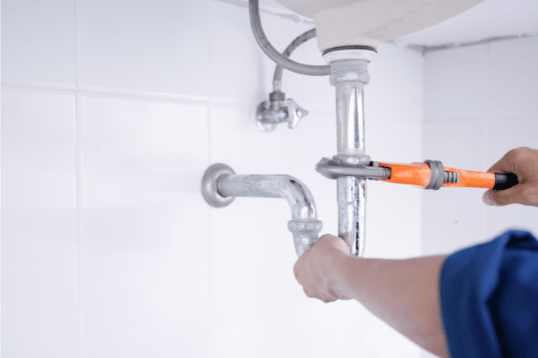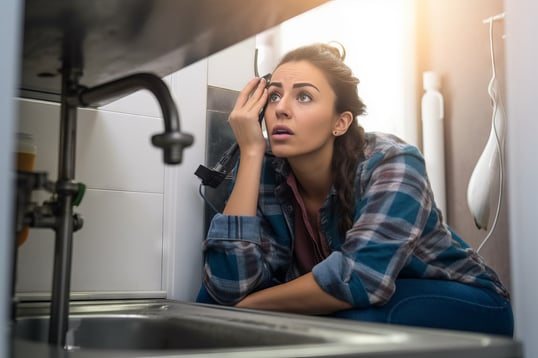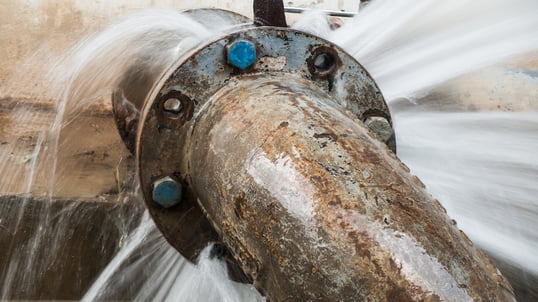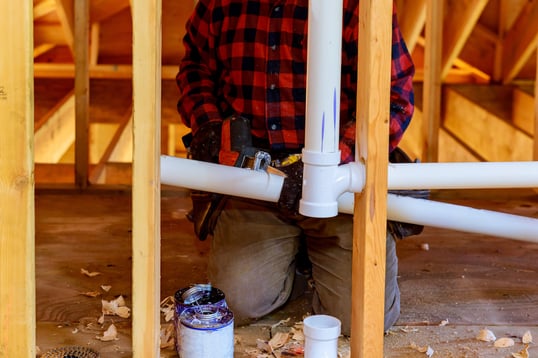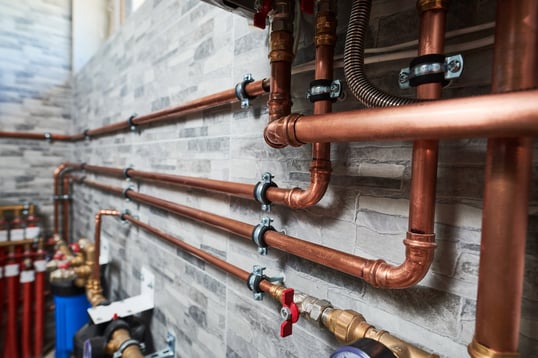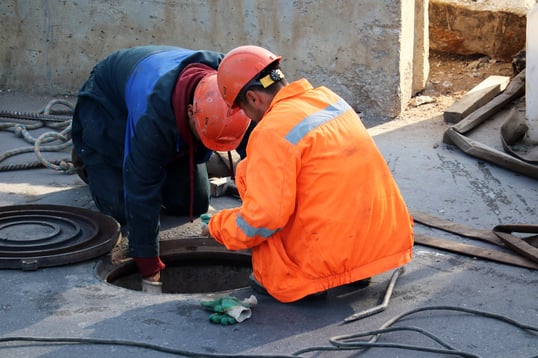Plumbing systems, whether in residential homes or commercial establishments, are the unsung heroes of modern life, delivering clean water and whisking away waste with the quiet efficiency we often take for granted. But as with any intricate system, they demand vigilant care and attention to ensure they continue to function seamlessly.
Read More
Maintaining an efficient and trouble-free sewer system is essential for the seamless operation of commercial properties. The intricate network of pipes and fixtures in these settings requires specialized attention when it comes to cleaning and maintenance. In this comprehensive guide, we will explore various sewer line cleaning methods tailored specifically for commercial properties.
Read More
While it might not be the most glamorous or talked-about feature of a commercial establishment, a well-functioning plumbing system is undeniably the backbone of daily operations. It ensures a steady flow of clean water, facilitates waste removal, and safeguards the overall hygiene and comfort of the workplace.
Read More
From scale and complexity to regulations and functionality, the differences between commercial and residential plumbing are very significant. In this article, we’ll dive into the distinctive features that set commercial plumbing apart from its residential counterpart and shed some light on the key considerations that property owners, contractors, and plumbing professionals should understand to ensure the efficient and compliant operation of plumbing systems.
Read More
Understanding the materials used in your plumbing system is valuable knowledge that can be incredibly beneficial when plumbing issues arise. First and foremost, it allows you to make informed decisions when it's time to repair or replace components.
Read More
As a homeowner or business owner, it's important to stay on top of routine maintenance for all areas of your home and place of business, including the plumbing system. Without proper preventative care and regular service, your pipes can become damaged or clogged due to corrosion, sediment buildup, hard water minerals deposits, pipe faults, or other issues. By prioritizing your plumbing maintenance, you're able to stay proactive in addressing smaller issues that could otherwise develop into significant plumbing problems. This is why you need a preventative plumbing maintenance plan.
Read More
When a pipe bursts, it can mean more than just a small leak. Broken water pipes can produce a ripple effect, impacting water quality and pressure throughout the rest of your property.
Read More
Whether you run a restaurant or you manage an office space, you probably want your space to be successful, and that includes the plumbing. More often than not, the status of your commercial plumbing systems will be an afterthought since you probably assume that everything is in order. With so much daily usage, an issue is going to pop up before you know it.
Read More
Whether you’re in your home, working in a restaurant, or spending time at a retail store, you’re going to use various types of plumbing systems. Just turning on your kitchen sink requires a complex system of pipes and valves to supply you with water. Residential and commercial properties as well as municipalities rely on large plumbing networks to keep everyone safe, healthy, and happy at all times. From storm drains to the potable water in your home, Sacramento has an intricate system of underground pipes and drainage solutions that work together to supply you with the water that you use everyday. Here we’ll discuss the different types of plumbing systems used in Sacramento County, how they deliver clean water, and how they effectively remove waste from buildings.
Read More
There’s a good chance that you don’t think about your sewer lines very much. That’s a good thing, because when your sewer pipes are on your mind, it’s probably related to a severe sewer line problem somewhere on your property. Clogged or damaged sewer lines can be harmful to your home or commercial building. If the sewer waste is unable to flow in the right direction, it could go back the way it came, meaning those dangerous bacteria and waste products might impact the health and well-being of people in the building.
Read More
